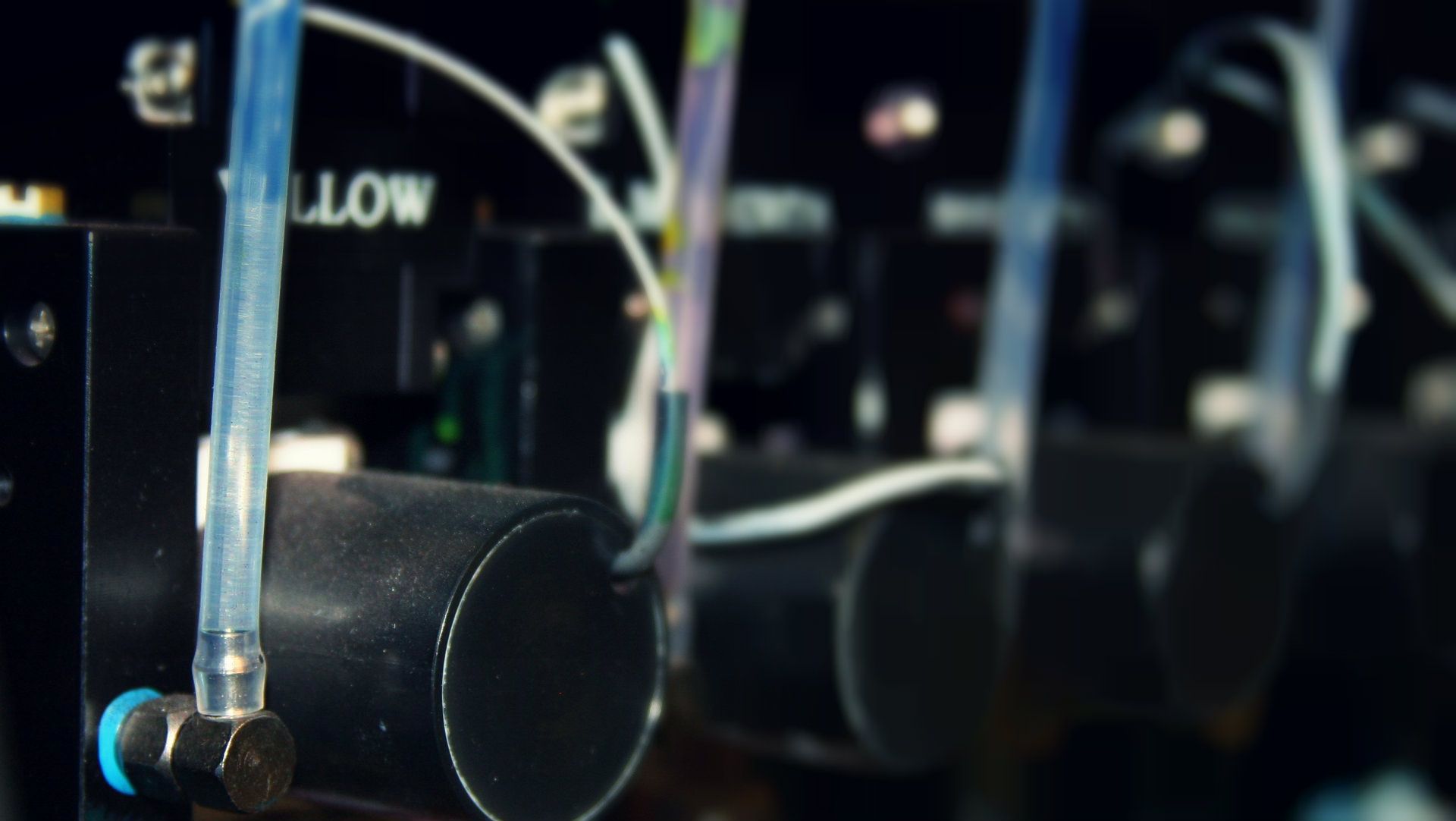a) 3D inkjet printing technologies
There are several types of 3D inkjet printing technologies in use today; they include thermal phase change inkjets or ballistic particle manufacturing (BPM) and Photopolymer Phase Change Inkjets. Inkjet technologies use squirting to convert build material into a melted or liquid state. The object often hardens after it is released to form a solid mass. Solidscape is one of the pioneer companies when it in inkjet technology, thanks to its reputation for producing fine finished products. This technology is often used to develop complex medical implants and jewelry.
How Solidscape Inkjet Technology Works
Most Solidscape machines use wax support materials and plastic object. These materials are often used while in a molten liquid state. During the material processing, thermal insulated tubing is used to transfer the liquid into the jetting head. The head releases minute drops of the liquid material following a predetermined geometry in order to create different object layers. Once the layer of the object is fully developed, the milling head pushes over the layer to create a uniform flat thickness.
When the layers are being straightened, the vacuum uses a special filter to capture all the left over particles. During the next phase of development, the elevator table moves down to capture the upcoming layer one at a time. This process can only take place after fabrication, when the nozzle is clear of any clogs. When a clog appears, the jetting head must be cleaned before the process is repeated. Once the object is developed, the wax supporting material can be dissolved or melted for reuse.
The Positive and Negatives of Thermal Phase Change Inkjets
The Solidscape technology is very popular because it produces refined objects with finest details. On the downside, the technology can be painfully slow because most operations require object casting because the technology is often used to develop transient rather than fully functional components.
b) Photopolymer Phase Change Inkjet Technologies
Although Polyjet technology is a photopolymer based technology, it uses the layer-wise deposit to create objects and support materials using an inkjet head. This powerful 3D technique can be used to produce very accurate and smooth components and prototypes. The technology can also be devised to produce complex geometries and walls using a wide selection of materials. This technology was unveiled sometime in 2002 by an Israeli based firm called Object Ltd.
3D Polyjet Systems
Some of the most powerful photopolymer systems in use today include InVision by 3D systems and Object’s Eden and Connex500. The office-friendly Eden series machines can produce thin layers of up to 16 microns. The Connex500 system unveiled in 2007 was the first machine of its kind to operate simultaneously using two fabrication materials. This capability has made it easy for the system to produce parts with different properties and volume.
Positives and Negatives of Using Phase Change Inkjets
The end objects produced by Polyjet technology often exude excellent accuracy and fine resolution. This office-friendly technology also allows the use of different materials, including digitally combined materials. The negatives of using this technology include high machine purchasing cost. The components produced using Polyjet technology must also undergo various secondary processes to eliminate messier support systems.
c) Multijet Printing Technology
This rapid prototyping printing process is offers a quicker turnaround, especially when it comes to smooth finishes, high resolution and complex geometries. This additive technology can also be used to print thin layers of wax support materials and UV curable liquid plastics. One of the key components in Multijet Printing machine besides the photopolymer materials is the UV bulbs.
